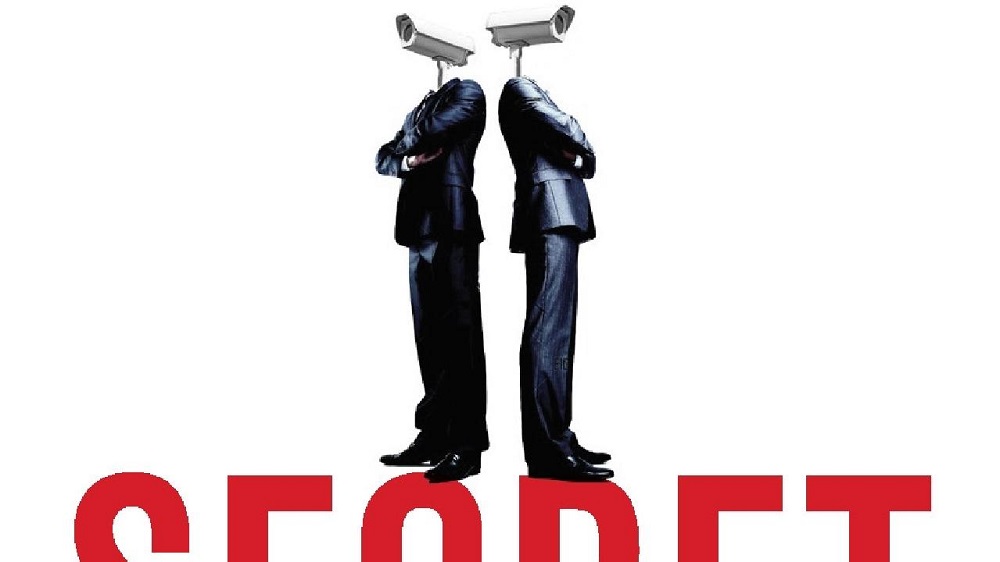
Both the title and Peter Greste’s endorsement on the front cover suggest that Brian Toohey’s book is a ‘history of the Australian government’s love affair with secrecy and state power’.
Toohey would be well placed to write such a history. As a journalist who has covered national security issues since 1973, he has been both participant and independent observer. Especially as editor of the National Times in the 1970s and 1980s, he had an unrivalled ability to reveal secrets and to publish classified information, exposing both the strengths and the weaknesses of intelligence agencies, to the intense frustration of policymakers.
His revelation in 1975 that the CIA, not the Pentagon, was responsible for the Pine Gap joint US–Australia intelligence-gathering facility played an important part in the crisis leading to the dismissal of the Whitlam government. His publication of classified material relating to the Australian Secret Intelligence Service undermined the recommendations of a royal commission that ASIS should have an expanded role. His publication in 1983 of some leaked documents from the intelligence agencies, and his claim to have thousands more of what he dubbed ‘the AUSTEO Papers’, prompted the creation of a second royal commission. Toohey was the Edward Snowden of the pre-internet newspaper era in Australia, and regarded with about as much affection by the national security establishment.
Bringing Toohey’s longstanding interest and experience into one historical account would have been a valuable contribution to current debates. Unfortunately, Secret lacks three characteristics of a good history—chronology, context and coherence. It takes the form of 60 chapters, each roughly the length of a newspaper feature article or op-ed. Some episodes, often detailed and at times amusing, are based on personal involvement. Others, on topics such as the Australian–American relationship or the relevance of Australia’s wars to the national interest, are based on uneven familiarity with the work of other journalists and historians.
The chapters are grouped in 10 parts, on separate but related topics, but with no discernible thematic or chronological basis. In a history of official secrecy one might expect developments of recent years, such as the creation of the Department of Home Affairs and the increased powers granted to ASIO, to be discussed in the last or penultimate chapter, but instead they appear roughly two-thirds of the way through, followed by a chapter on Australia’s colonial wars. Some of Toohey’s favourite anecdotes and quotations appear two or three times, many pages apart, with no acknowledgement of the repetition.
This scattergun approach leaves the impression that, in Toohey’s eyes, courageous journalists are constantly seeking to expose a dishonest, incompetent and secrecy-obsessed national security establishment. Toohey commends Snowden and WikiLeaks, without mentioning Julian Assange by name. But he offers little sense of how or why this contest might have changed over time. Buried on page 222 is the comment that the Whitlam, Fraser and Hawke governments ‘held the line against Australia becoming a national security state’, based solely on the number of telephone interception warrants they sought, but without wider context.
The reader is not told that those three prime ministers commissioned Justice Robert Marsden Hope to conduct three separate inquiries into the intelligence and security agencies, and that Hope set out in great detail how the agencies were to achieve the proper relationship between effective protection of national security and respect for civil liberties. While he refers to the ‘Hope royal commission’ established by the Whitlam government in 1974, he doesn’t mention Hope’s second royal commission or his third inquiry, and offers a highly selective treatment of Hope’s recommendations and subsequent government actions.
Toohey’s personal criticism of some of his targets sometimes distorts his arguments. For example, he denounces Arthur Tange at length while praising the strategic vision of Tange’s successor as secretary of defence, Bill Pritchett. But he doesn’t acknowledge that Tange recruited Pritchett to head strategic policy in Defence and then further promoted him, ensuring that Pritchett would take his place. In their personal interactions the ferocious Tange and the congenial Pritchett were utterly different, but their views on strategic policy were not far apart.
These flaws are regrettable. Many people, with a wide range of political views, have concerns about aspects of the structures and operations of Australia’s intelligence and security agencies. A coherent history of the never-ending challenge of finding the right balance between national security and civil liberties, and the part played in that challenge by the balance between secrecy and openness, would be immensely useful. A thoughtful, and less vengeful, memoir of Toohey’s experience, especially as editor of the National Times, would have made a valuable contribution towards such a history.
But by attempting to combine a memoir, a history and a collection of essays on disparate topics within one set of covers, Secret will have less impact than its author, and others with concerns about Australia’s national security legislation, would have wished.

